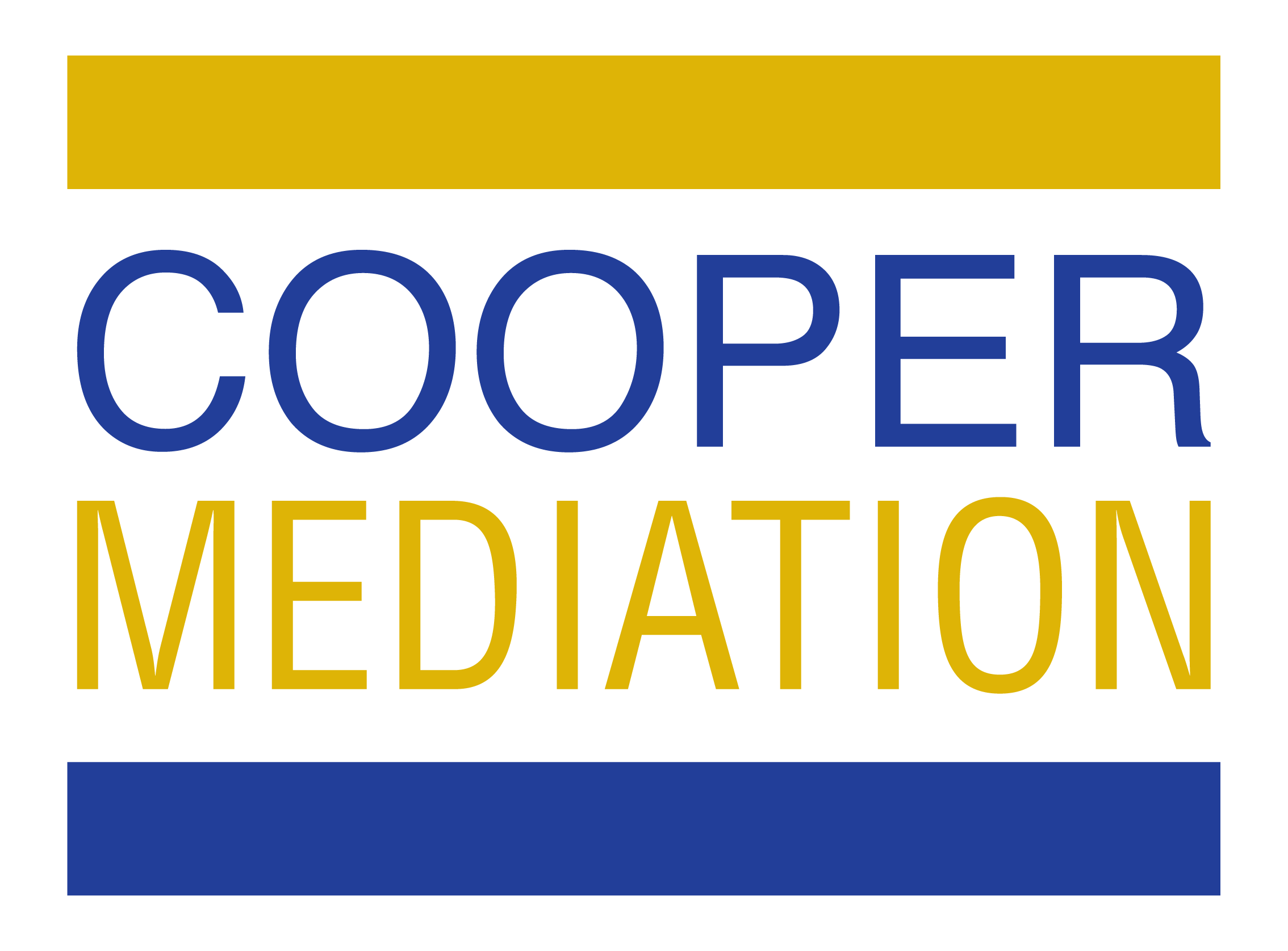
12 Mar Who’s Carrying The Heavy Bags? : Multi Party Mediations

Multi-party mediations involving multiple plaintiffs, multiple defendants, or both, present an added layer of complexity to the substantive issues under discussion. At minimum, it requires extra effort to try to “herd the cats” when there are more than two parties at the table.
Multiple plaintiffs can raise issues relating to privacy. Moreover, their competing claims may be seeking a portion of finite resources such as an insurance policy. Multiple defendants raise issues of competing responsibility and funding. Invariably, this leads to the question of “who’s carrying the heavy bags.”
So, how can we juggle more competing interests and concerns when additional parties are involved? Planning amongst counsel and consultation with the mediator in advance of a mediation can greatly contribute to the overall success of the day.
There is nothing in the mediation handbook that forbids arranging a pre-mediation phone call with the mediator and/or other counsel to help create a “plan of attack” as to how to approach the day. If a phone call isn’t possible, consider arriving sufficiently early to the mediation to have those discussions before the mediation begins. This time can be very useful to help organize openings, discuss liability negotiations and to decide whether to make joint or separate offers. For example, a plaintiff may be claiming against multiple insurers (a bodily injury claim with a first party accident benefit claim and a first party long-term disability claim) or one defendant with an insurance policy is facing competing claims from multiple plaintiffs) This kind of planning can save valuable time and confusion at the table.
The average person has a very short attention span – Dr. Wikipedia suggests a maximum of perhaps 10-20 minutes, while Professor Google contends it is as little as 8 seconds. If we keep this fact in mind, and remember that most plaintiffs are likely new to mediation, we should make opening statements as clear, concise, and interesting as possible. If there are multiple defendants, coordinate a strategic approach to openings that avoids overlap of information presented to the plaintiff.
Disputes amongst multiple defendants are very common. If there is a loose agreement or understanding as to how the “liability pie” should be divided, this situation may not turn out to be as problematic as it could otherwise become. Frequently, there is a very significant dispute in this regard and unless one or more mediation techniques are employed, the defendants face the real prospect of a “failure to launch”. One of my favourite ways to approach this situation is a “proposal subject to funding”. I encourage the defendants and their counsel to put to the side the liability dispute and work together on a joint strategy to move through a series of proposals to be presented to the plaintiff. The underlying liability dispute does not go away but, rather, it is postponed while all of the parties work to find a common solution. As we move toward the end of the day, I tackle the liability dispute.
This approach tends to be more manageable for two reasons. First, the parties are now looking at a realistic prospect of resolving the litigation. Second, the defendants are no longer looking at a percentage of a very large opening demand on the part of the plaintiff. Instead, they see a more realistic assessment of damages. Frequently, a relatively small percentage of liability applied to a more realistic assessment of damages produces a dollar figure which may be more tolerable to a defendant with less liability.
Another approach requires some quick calculations on the mediator’s part. Sometimes a defendant tells me in confidence that they will pay up to a certain amount of money, conditional on another defendant matching them or paying a multiple or percentage of this amount. If I can receive this type of information from two or more defendants, it can go a long way toward creating a mathematical model to fund settlement.
Ultimately, I will encourage the parties and their lawyers to “keep their eyes on the prize” and negotiate in a thoughtful and intelligent manner while tracking toward their target. If the parties and their lawyers can try to ignore collateral negotiation noise and interference, and stop thinking about who is carrying the heavy bags, they have a much greater chance of finding a sensible resolution to the dispute.
Click here to download a PDF version of this post.
OTHER POSTS IN THIS SERIES
- The Snowball Effect: A Little Optimism Can Go A Long Way
- “Not-So-Respectfully Submitted”
- Reasonable Is Like Beauty – It’s In The Eye Of The Beholder
ABOUT THE AUTHOR
 Logan Cooper joined the Cooper Mediation team in November, 2017 and now devotes 100% of her professional time to mediation. Contact Logan at: logan@coopermediation.ca or (416) 726-1344. Alternatively, you may view Logan’s Online Calendar to book a mediation: http://coopermediation.ca/logan-coopers-online-calendar/.
Logan Cooper joined the Cooper Mediation team in November, 2017 and now devotes 100% of her professional time to mediation. Contact Logan at: logan@coopermediation.ca or (416) 726-1344. Alternatively, you may view Logan’s Online Calendar to book a mediation: http://coopermediation.ca/logan-coopers-online-calendar/.
“[Logan’s] strengths are her obvious intelligence, ability and (dare I say it?) training…”
– Senior Defence Counsel
